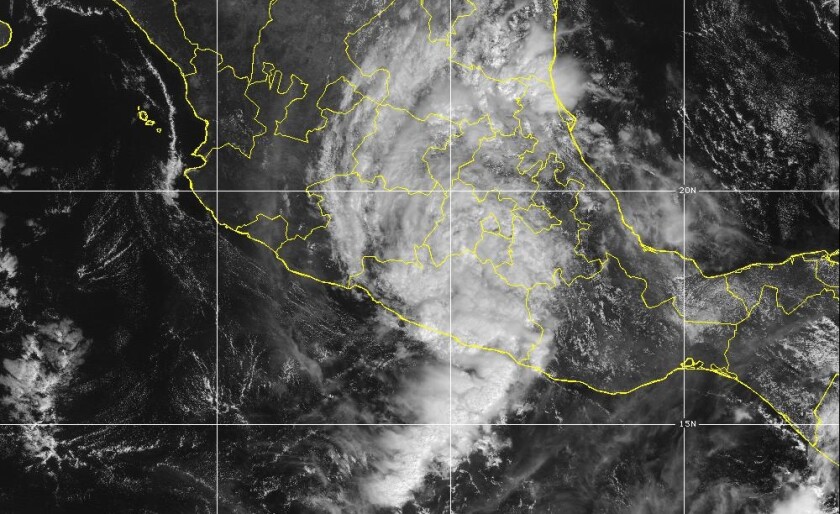While the market was still digesting the loss ahead of the APCIA gathering, initial high-level expectations were that this would be another medium-sized loss that would fall more heavily to domestic insurers than the international markets.
This follows a catastrophe loss year that supports the thesis that a $100bn loss year is now the norm for catastrophe markets, and that it is only the distribution or shape of loss events that may vary more notably amid increased values at risk and urbanisation.
In some respects, it is debatable how well 2023 serves as a test case for reinsurers to prove to investors that the reset of rates and attachment points in 2023 has fixed their cat portfolios. Many of this year’s events were not typical of the kind of losses that would have unlocked major reinsurance claims, even in 2022, versus a Hurricane Ian-type loss.
However, the sheer volume of losses throughout the year, and the fact that the attachment point hikes have cleared reinsurers from the 2023 cat loss ‘noise’, is no doubt acting as a strong initial proof point in favour of reinsurers having dampened down their levels of assumed volatility.
Everest head of reinsurance Jim Williamson, responding to a question on how the reinsurance portfolio would have fared with a repeat of the 2022 losses, said it would still have been “meaningfully lower... that's because of attachment points. It's because of portfolio management, it's because of aggregation, it's our underwriting discipline, it's all those things laddering up”.
According to Aon data, insured cat losses for the first nine months of 2023 reached $88bn, which is 17% higher than the Q1-Q3 annual average of $75bn, but lower than figures for 2020-2022, which surpassed the $100bn mark.
Severe convective storms (SCS) accounted for roughly 70% of global insured losses between January and September this year, compared to an average of 34%. For the first time on record, SCS losses in the US surpassed the $50bn mark.
Restructures and aggregates
The greater proportion of cat losses being borne by insurers this year, versus their reinsurers, is expected to be a fraught topic of debate in the run-up to 2024 reinsurance renewals.
One of the topics that has come up for debate during conference season – for which there was no clear answer – was how far reinsurers would be willing to offer some form of aggregate protections in 2024 or beyond, as one ‘remedy’ for this trend.
As Aon’s head of global reinsurance clients Dave Nicholson told this title, in isolation, some of the 2023 events “may not be the type of volatility that reinsurers like to cover, but at the level they have occurred this year, it certainly becomes the volatility that we believe reinsurers need to be responding to in order to add value to insurers”.
Other sources suggested that brokers may look to create “synthetic” aggregates by structuring occurrence deals that would respond on an occurrence basis for third- or fourth-event triggers.
In terms of how insurers are justifying their reinsurance tactics, there were few direct questions during Q3 earnings calls on whether carriers had the right programmes in place. The focus instead is on how insurers are seeking to drive primary rates through their incoming business.
Many of the listed nationwides already had typically higher retentions, and new coverage has often gone towards top-end protection that is not an immediate benefit to the volatility losses that are occurring this year.
However, on Travelers’ Q3 call, the firm argued to analysts that changes to its programme would not have made much of a difference to the outcome in its loss experience this year.
The carrier previously had aggregate reinsurance cover in place. However, the firm’s CFO noted that this cover did not attach in 2022 and said it “cost us a lot to have that policy” even before the 2023 rate hikes.


